After watching McLaren dominate the Can-Am series for four years, in 1971, Lola and its American team leader Carl Haas seemed to have it all: a World Champion driver in Jackie Stewart, huge sponsor dollars from L&M cigarettes and a brand new machine, the T260. But the results were disappointing, and the season ended with Haas’ team in search of both a new driver and new sponsorship to back its 1972 entry, the Lola T310. Only one was built, serial number HU-01, and it has survived the years to become a popular entrant in the exciting world of vintage Can-Am racing.
Frustrated by the T260’s boxy aerodynamics, Lola designed what would be one of the longest, widest, lowest cars ever to compete in the Can-Am series. The T310’s slippery low-profile shape was partly the result of information gleaned by Haas mechanic Ike Smith from Porsche driver Jo Siffert in a casual conversation about Stuttgart’s aero findings.
Smith recalled, “We were talking about needing more front-end downforce, and Jo took a piece of paper and sketched a profile of something he said Porsche was playing with. Apparently it was very efficient. It made a lot of downforce and also punched a good hole in the air.”
It is no surprise then that the T310’s scoop-like nose is almost identical to that of its Porsche contemporary, the 917/10K. Indeed, the basic design proved so effective that it is still in wide use today in sports and prototype racing cars. Unfortunately, like the rest of the competition from 1972 to the Can-Am’s demise in 1974, the T310 proved to be no match for the turbocharged Panzers from Stuttgart.
Driver David Hobbs struggled mightily with the car after it missed the first round of the 1972 season held at Mosport. Instead of simply racing, Hobbs was forced to also develop the car in the heat of real competition, an almost impossible task in the frantic atmosphere of the virtually unlimited Can-Am. Despite all that was working against them, Haas, Hobbs and crew finished the series admirably in seventh place.
By season’s end the car had become reliable enough to finish six races with Hobbs at the wheel, and in late 1972 new owner Jerry Hansen took it to Road Atlanta for the SCCA Championship Runoffs, where he handily won the fifth of his eventual record total of 27 National Championships. Hansen then sold the car to fellow SCCA racer Elliot Mendenhall. In 1977 the car was raced in the highly restrictive second-generation Can-Am series by Bruce Langson, who crashed it at Road America, ending its professional racing career.
Years later the T310 was purchased by vintage racer Bob Lee, who methodically researched and documented the car while commencing a thorough restoration. The car was eventually completed and prepared for vintage racing by Scott Drnek’s world-renowned Virtuoso Performance in Hayward, California. It has competed in a number of vintage racing events since 2001, including appearances at the Monterey Historics in 2007 and again in 2008, when its new owner Tim Mullins, a longtime Can-Am fan and collector, watched as Bobby Rahal drove it from the back of the pack to win its race. It has also appeared at the Goodwood Revival run each September at England’s Goodwood circuit.
After another full race preparation by Tony Nicholson of Robin Automotive in September 2008, the T310 was invited to join several other cars driven by David Hobbs in a special “Cars of David Hobbs” display at the 2009 Amelia Island Concours d’Elegance. In 2010 it was inspected and freshened once again before being photographed for the new Pete Lyons book Can-Am Cars in Detail: Machines and Minds Racing Unrestrained.
The last Can-Am Lola ever built, HU-01 is also extremely well documented with several large binders containing period documents, newspaper articles, and dozens of period photographs of the car including several with David Hobbs. Dozens of schematics and diagrams of various components are also included, along with a parts book, photos of the restoration and a folder containing recreations of the decals used on the car in 1972. The car also has two log books, including the original log book from the 1972 season, which is extremely rare. The car is also featured prominently in Pete Lyons’ book Can-Am, where it appears in a two-page spread.
T310/HU-01 is offered with spares and parts including a complete spare front clip. It remains in exceptional condition, with very good paint and decals that recall its original race livery from 1972. The interior is typically purposeful for the period and is properly fitted with approved modern safety equipment including outside electrical cut-off switch and Willans five-point harness. Close inspection reveals a very clean chassis and engine compartment, reflecting the car’s professional preparation. It is also important to note that the engine and gearbox have just 4 hours of operation since being refreshed at a total cost of over $90,000.
With a well-documented history and an exacting restoration to recommend it, this final Can-Am entrant from Eric Broadley’s Lola Cars is literally a world-class sports racer demanding a level of skill and courage reserved for the world’s top drivers. One of the fastest, most outlandish machines ever created for the world’s most innovative racing series, it is eligible for a wide range of motorsports events around the world and a highly competitive contender in any vintage Can-Am racing event.
This 1972 Lola T310 Can-Am is available at the upcoming Mecum Kissimmee sale, scheduled for January 16-25, 2015, where it’s estimated to sell for $550,000 – $750,000. For more information, visit Mecum.com.
1972 Lola T310 Can-Am – Highlights
– Driven by David Hobbs in the 1972 Can-Am season
– Finished 7th in its debut at Road Atlanta
– Finished 4th at Watkins Glen, 6th at Mid-Ohio, 5th at Edmonton, 8th at Laguna Seca and 5th at Riverside
– Driven by Jerry Hansen to first place in ASR class at US Champions Road Atlanta
– Competed in 1974 and 1976-77
– Discovered by vintage racer Bob Lee
– Restored with the help of specialists Bruce Burness, Steve Ruiz and Matt Weiss
– Refinished in the original livery
– Correct 510 CI engine
– Original chassis tag still on car
– Original Can-Am logbook and brass ID tag
– Driven by Bobby Rahal to first place in Can-Am Group at the Monterey Historics in 2008
[Source: Mecum Auctions; photos: Mecum, Peter Harholdt, Peter Falkner, Sports Car Digest]


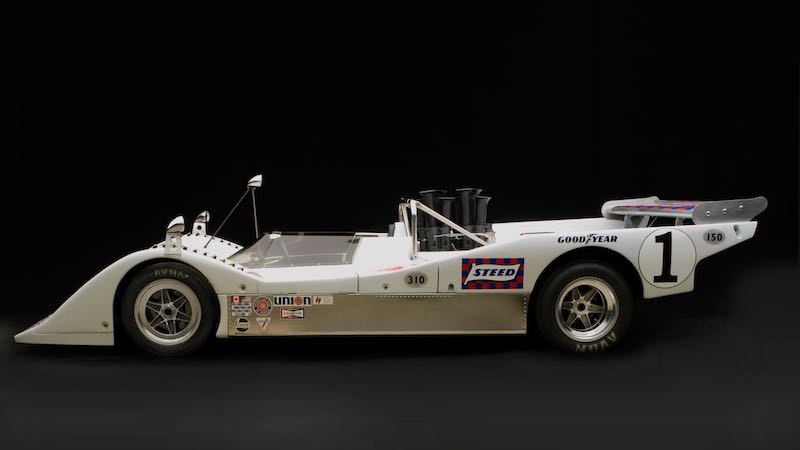

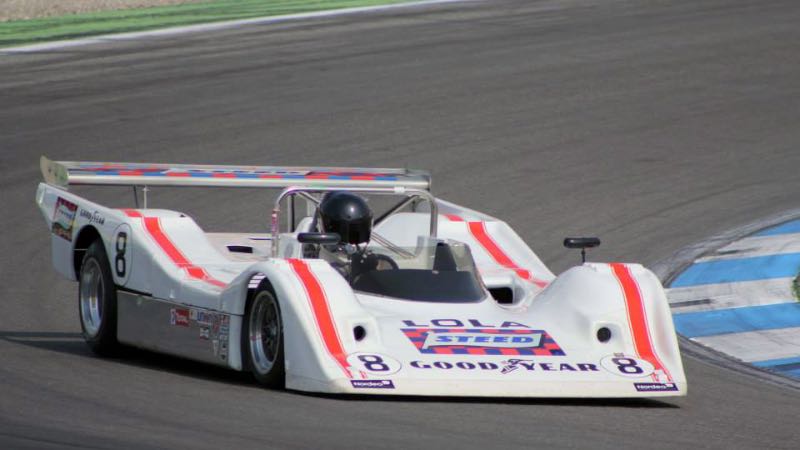
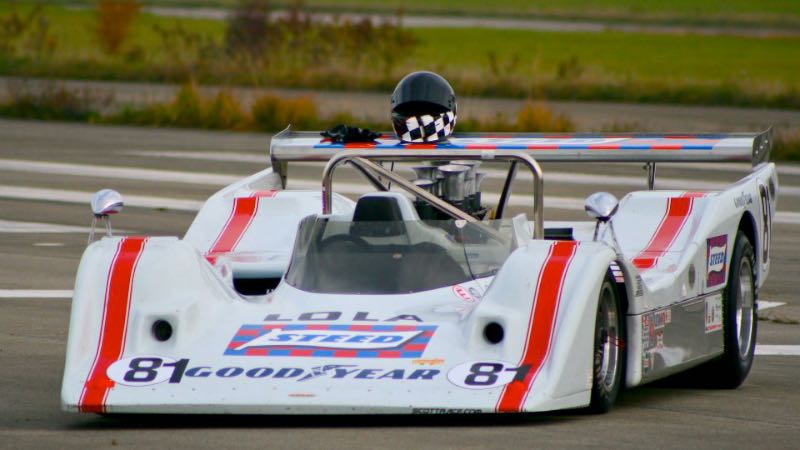
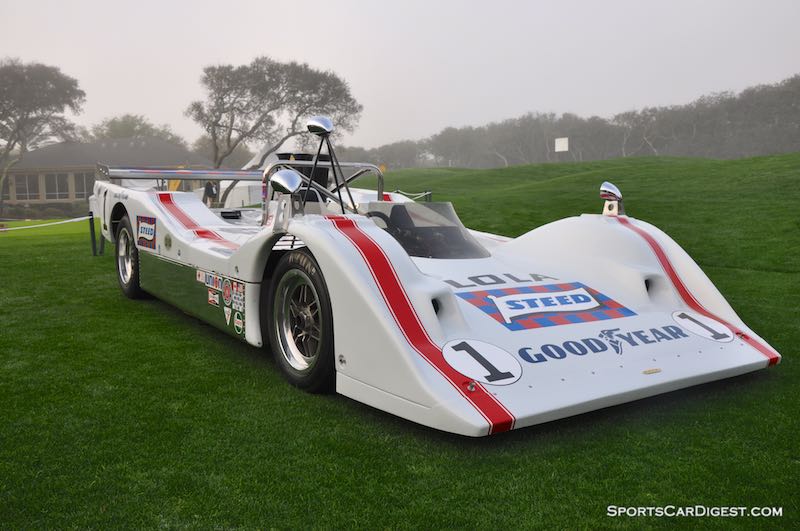
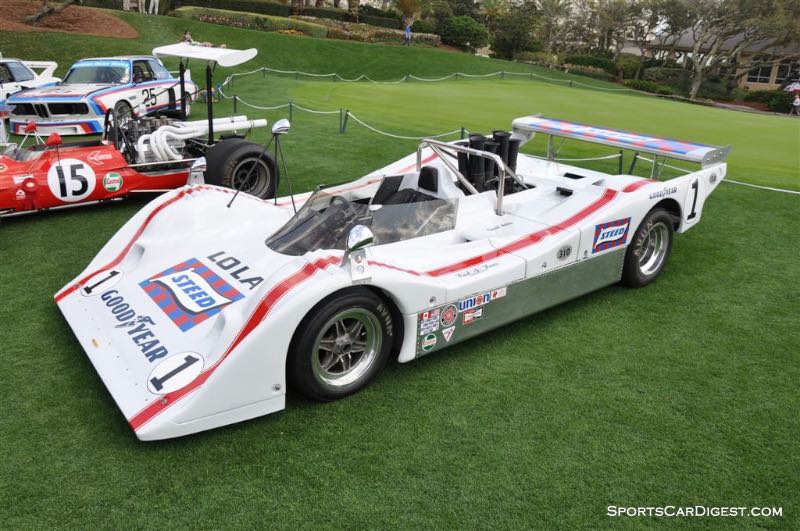
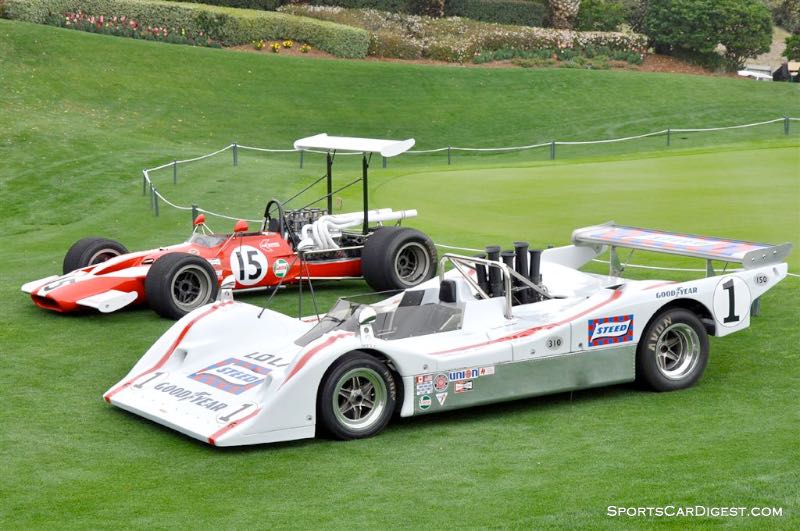
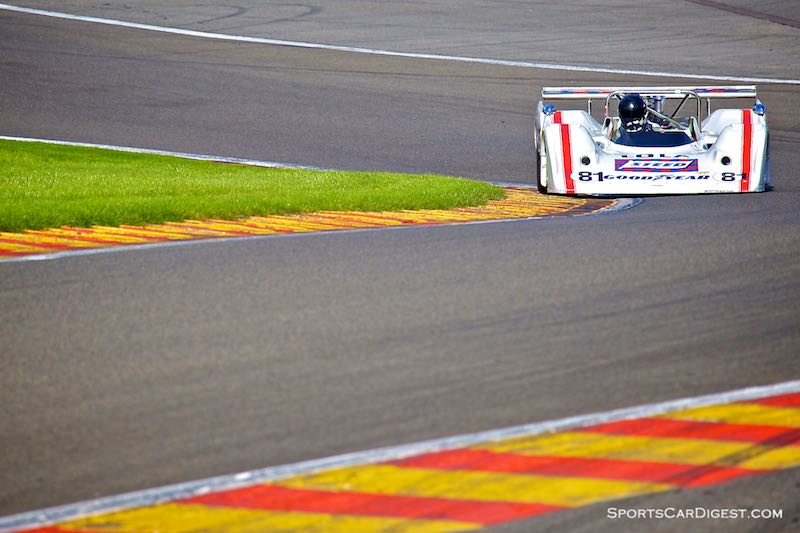
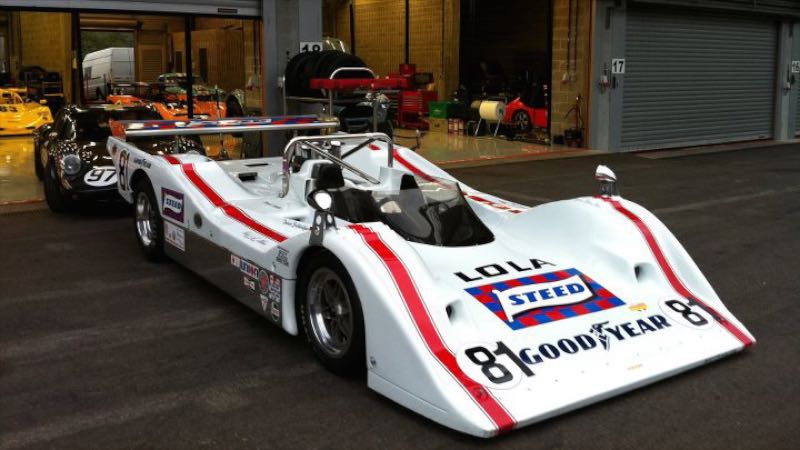
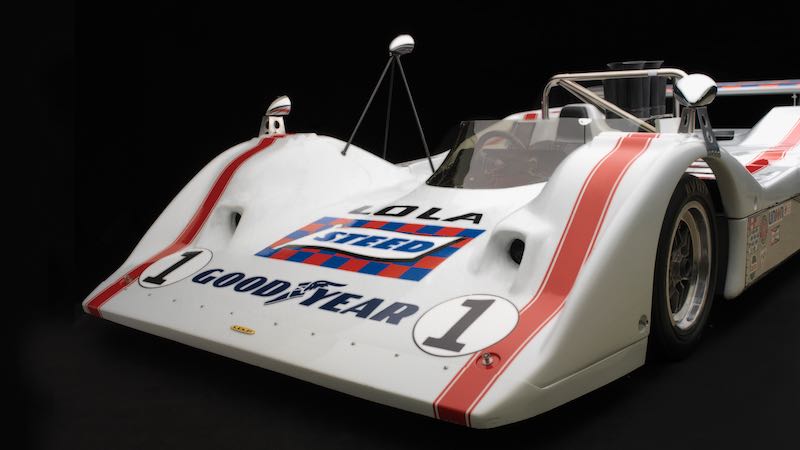


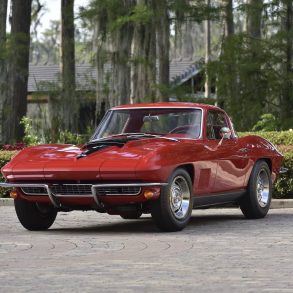




Oh yeah, saw this animal at Spa 2011 – http://i66.photobucket.com/albums/h254/Dinkel_photos/Spa62011/P9238638.jpg – and what a beast: Peter Schleifers ’72 Lola T310 is a one off 494 Cid of thunder: 1.05 bhp / kg, 740 bhp @ 6400 rpm, 888 Nm / 655 ft lbs @ 5600 rpm. Proper! Peter lifted the clutch and spun without pressing the loud pedal: much to the crowds surprise!
Saw the fear in David Hobbs’ eyes as he crested the hill leading onto the back straight at Watkins Glen!
Most exciting racing series ever in my lifetime – definitely “car porn”!!
Thanks for the great article and images. I remember this car and those days of the Can Am quite well. Unlike today’s ‘cookie cutter’ machines, back then you could readily tell the difference between them. There’ll never be another series like it.
The article has is in error about when the 310 was restored and first raced in Vintage. Matt Weiss and Steve Ruiz finished the restoration of the Lola 310 in late 1991 and we first raced the 310 at Willow and then Elkhart and Laguna in 1992. There was a photo of 310 on the cover of VM with Dino Crescentini chasing Denny Hulme in M20 down the corkscrew at Laguna in 1992. The 310 was also raced at the 30th Can-Am reunion at Elkhart in 1996.
The Porsche type nose worked so well it kept collapsing the front sub-frame and cracking the sloping hood, creating instant understeer which drove David Hobbs wild. Hass kept adding reinforcing tubes to it race after race until it no longer collapsed. George Weaver who built the dry sump for the car calls it “The strut car”. He claimed there was no place to put the pump, making his job very tough.
Everything finally came together at the 1972 Laguna Seca Can-Am when the T-310 charged up thru the pack from last to third before succumbing to a cut tire. It was timed at 196 MPH during this effort. This car’s aero was so good it had the potential to beat the 917/10’s. Today I understand both the HU-01 and its sister car (which was an empty shell dummy used for shows in 1972) do quite well against all comers.
Spec weight for the car was 1525 lbs. HP was 740 giving a wild P.W. ratio of 1.06 HP/KG. Gearing was such that 101 MPH was attainable in the first gear. 202 MPH was possible in 4th. Higher speeds were possible by changing gear sets.
There were only 2 rules in Can-Am: 1. two seats. 2. 70 gallon fuel cell capacity. The Lola held an extra 8 gallons in its roll bar structure and long winding vent tubes. I believe HU-01 still can be identified by the obvious weld repair to its rear subframe following a high speed end-over-end at the Road Atlanta Can-Am in its first outing.
The T-310 is 82″ wide and rides on a long 106″ W,B. The thought was it would develop much more downforce with the added surface area – its width also made it almost impossible to pass. Outside of the Porsche 917/10’s which had a lot more development this could be the most interesting of all the unlimited Cab-Am racers.
I see a strong early Shadow Can-Am look as well as Porsche.